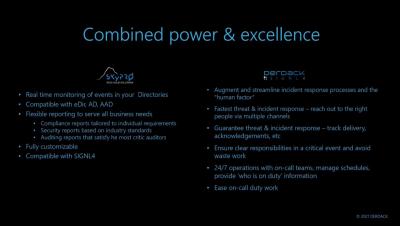Operations | Monitoring | ITSM | DevOps | Cloud
Alerting
Managed IT Service Provider, BDNet Corporate Networking Recommends OnPage
How to Manage Your AIOps for Optimal Efficiency
Anomaly Detection
IT Operations has a wide spectrum of roles and responsibilities. The positions range from level 1 (L1) operators to Site Reliability Engineers (SREs) and everything in between. L1 operators, for example, are (often) almost exclusively reactive. They feed off the constant stream of incidents reported by clients and events that are reported by monitoring and alerting systems. This is in contrast to SREs, who work at the other end of the spectrum.
Derdack Saves Christmas
OpsRamp for MSPs
Uncovering the Importance of Mean Time Between Failures
In the IT world, application service providers (ASPs) build customer trust by ensuring the continuous, uninterrupted availability of their services and software. Service availability allows customers to operate normally and generate revenue without being directly impacted by their providers’ system failures. Though providers work to ensure system uptime, they are often challenged by unexpected technical issues that impact customer-facing systems.
How to Build an Effective Status Page That Works
In this article, we’re going to explore key reasons why companies need status pages. We’ll also dive into the components of an accurate status page that does its job well. This will make it easier for you to set up your own status page, even if you’ve never done it before.
Why automation is the incident response 'easy button' MSPs & IR firms have been waiting for
The managed security services market is booming. Coming in at $22.8 billion in 2021, it is projected to nearly double in just five years and grow to $43.7 billion by 2026. Moreover, cloud-based managed security services are poised to be the major growth driver for the broader MSP market, coming in at $219.59 billion in 2021, and expected to reach $557.10 billion by 2028. As we can see, providing robust security services is a key competitive differentiator for the lucrative MSP market.











